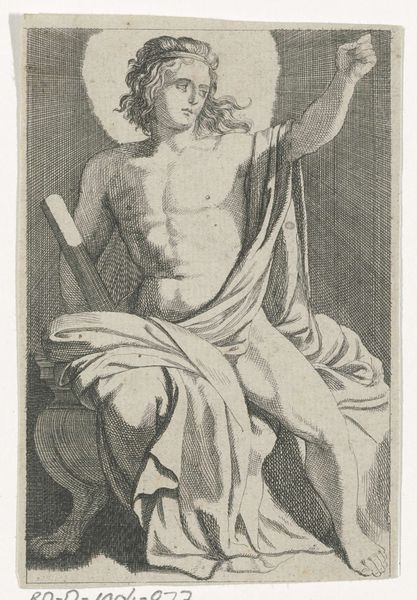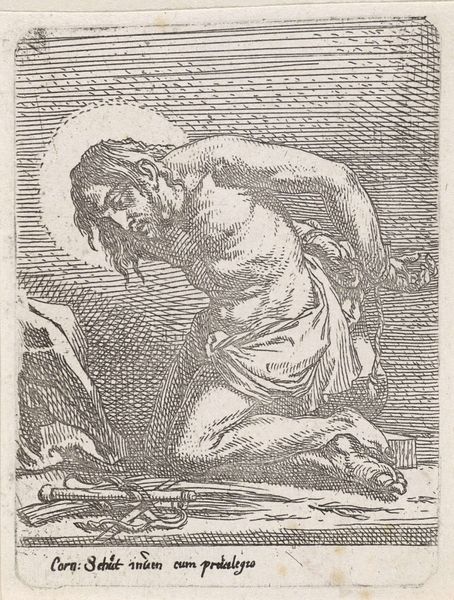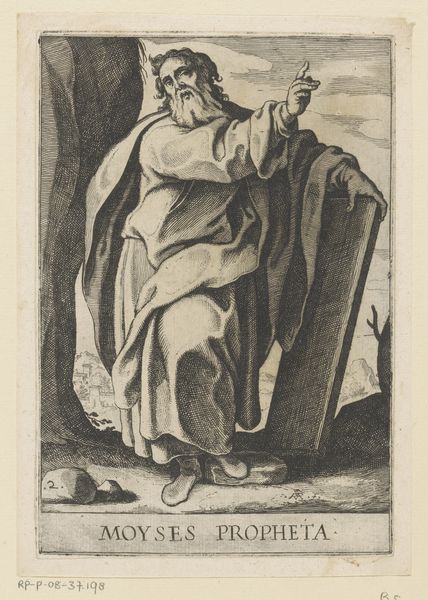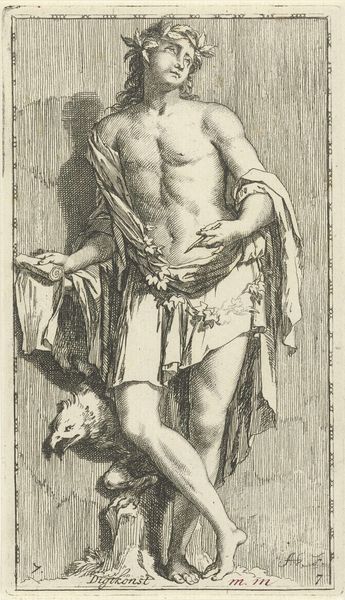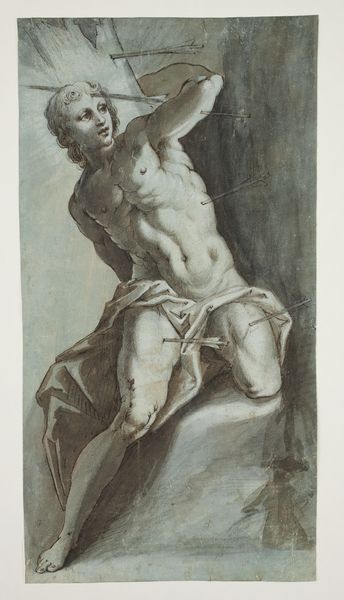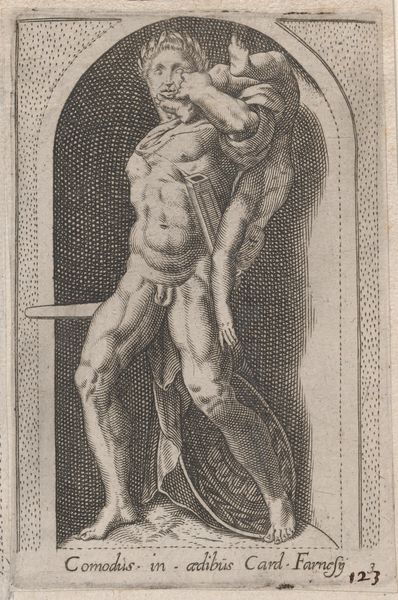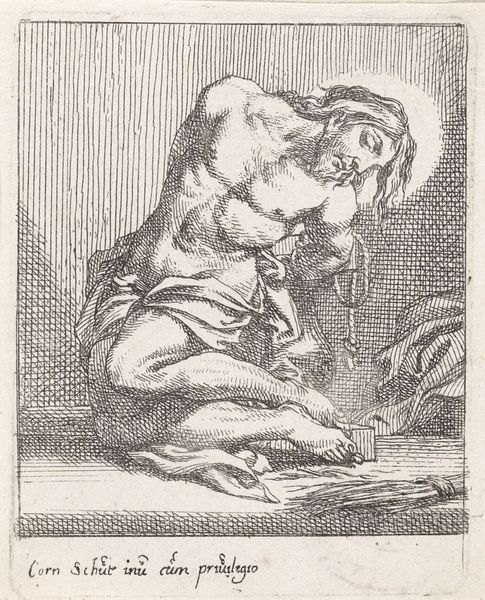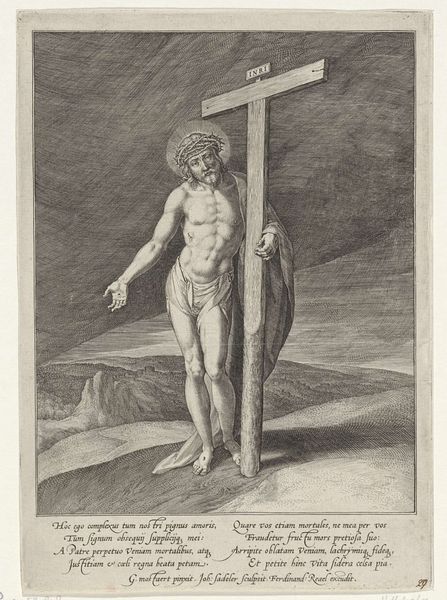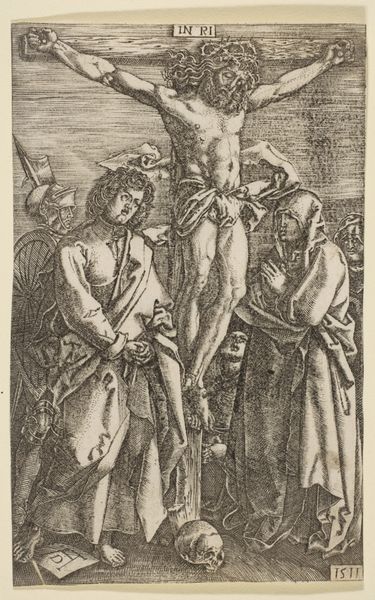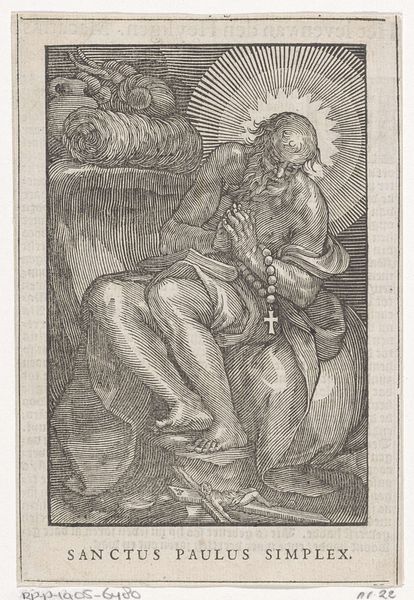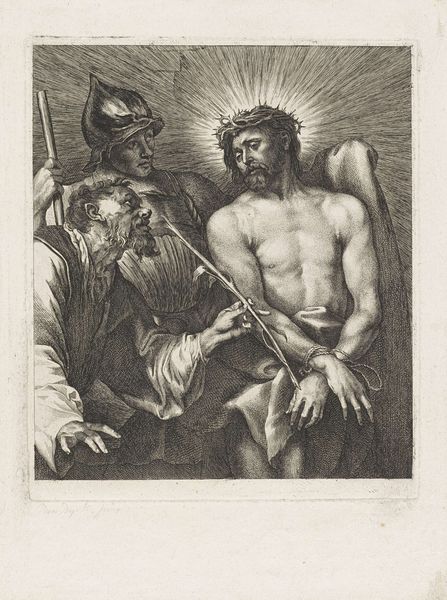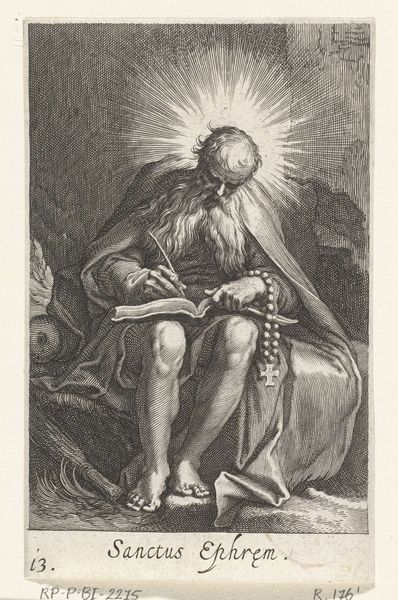
engraving
#
baroque
#
figuration
#
line
#
history-painting
#
academic-art
#
engraving
Dimensions: height 104 mm, width 67 mm
Copyright: Rijks Museum: Open Domain
Editor: This engraving by Gerard de Lairesse, titled "Apollo," was created around 1670. I'm struck by the intense use of line and the almost theatrical pose of Apollo. It feels very dramatic, but in a controlled way. What’s your interpretation? Curator: What immediately strikes me is how Lairesse situates this classical figure within a very specific socio-political context. The Baroque era was fascinated by antiquity, but more importantly, by power. Think about Louis XIV, the Sun King; the visual language of absolute rule was everywhere. Does this depiction of Apollo, bathed in light, reflect that? The way this image might have bolstered claims to power during that period through a reference to the sun and reason is certainly relevant. Editor: That's fascinating. So you're saying it's less about pure artistic expression and more about how it was used to convey certain ideals and bolster political power at the time? Curator: Precisely! Consider how prints circulated. Who had access? What message did its dissemination reinforce about the ruling elite and their relationship to notions of enlightenment and divine right? This image of Apollo, seemingly simple, participates in a broader conversation about authority, knowledge, and visibility. Editor: I never considered the print's dissemination. That makes me see it differently; it’s less an artistic rendering of a Greek god and more a political tool of the period. Curator: Indeed. Understanding its production, distribution, and intended audience unlocks another layer of meaning beyond the mere representation of Apollo. Editor: So, even seemingly innocuous artworks can be deeply entwined with political and social power structures. Curator: Exactly. That's what makes studying the history of art so engaging!
Comments
No comments
Be the first to comment and join the conversation on the ultimate creative platform.
